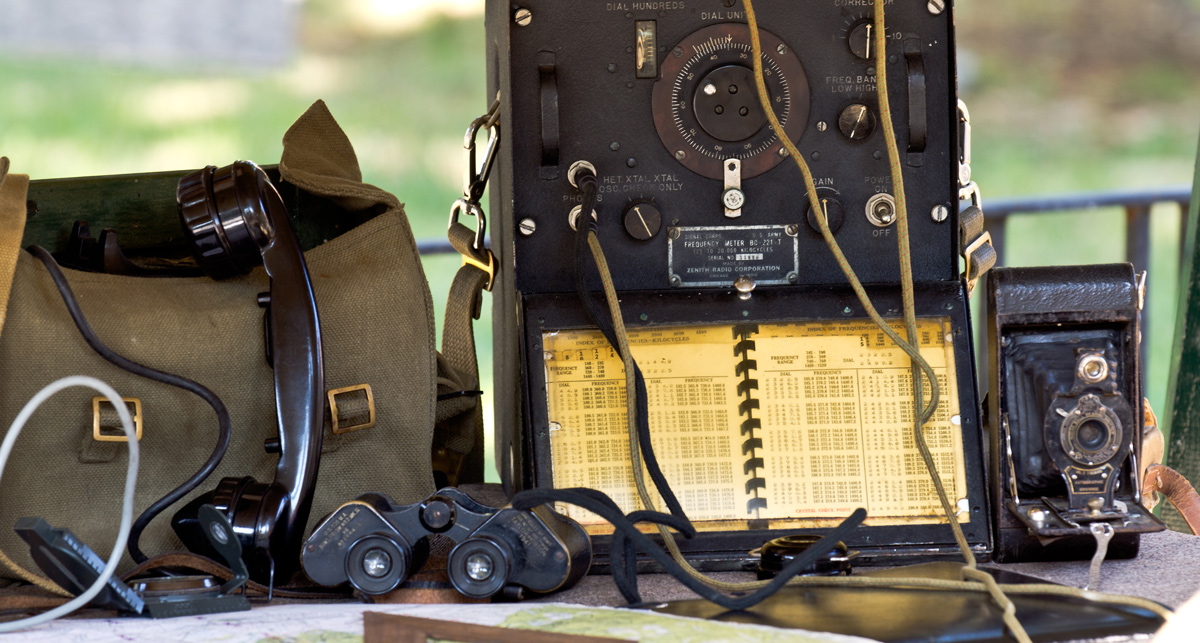WWIII Team Yankee – NATO Forces Book – The Canadians

By Robert Kelly
Wow. All I can say is that almost anything Canadian that one could have wished for in the new Nato Forces book that was not in the first book is in the new edition. Christmas will be early this year as Santa’s elves in New Zealand read everyone’s wish lists and granted most of those wishes.
Canadian Airborne Regiment, Cougar, Grizzly, Leopard 2, Iltis, Tow Under Armour (TUA), ERYX, long-barreled M109s, Twin Huey and the Coyote. About the only things missing are the Leopard C2 (with and without Mexas armour), the L5 pack howitzer and the Chinook helicopter.
For extra flavour the book allows you the option of fighting with lists for 4 Canadian Mechanized Brigade Group (CMBG) in Germany or forces in Canada (Force Mobile Command) defending against a Red Dawn scenario with an invasion of Canada starting on the west coast in British Columbia.

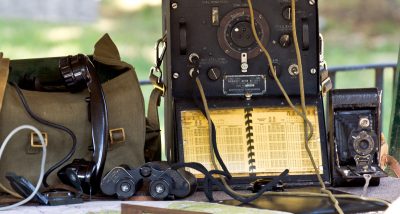 We have another great interview with George Washington University’s Strategic Crisis Simulations leadership. Our own Caroline “CWIS” Gilmore is joined by Cormac Brown and Cassandra Micah and we talk all about the excellent program these talented students run.
We have another great interview with George Washington University’s Strategic Crisis Simulations leadership. Our own Caroline “CWIS” Gilmore is joined by Cormac Brown and Cassandra Micah and we talk all about the excellent program these talented students run. 
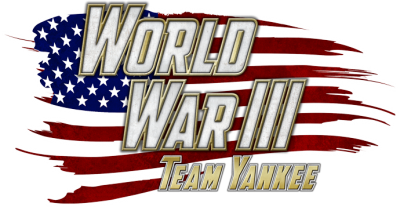
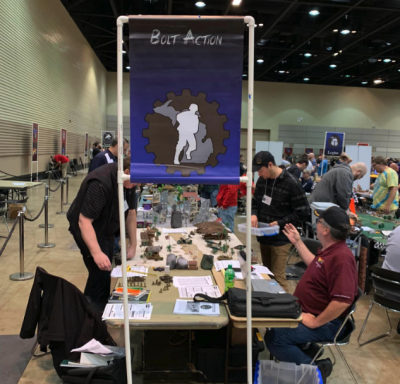
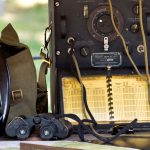 Today we have Adrian Mandzy who published a miniatures scenario book that focuses on the Ukrainian partisan movement during WWII. We also talk about the great game By Fire and Sword, the use of wargames in academics and historical archeology.
Today we have Adrian Mandzy who published a miniatures scenario book that focuses on the Ukrainian partisan movement during WWII. We also talk about the great game By Fire and Sword, the use of wargames in academics and historical archeology.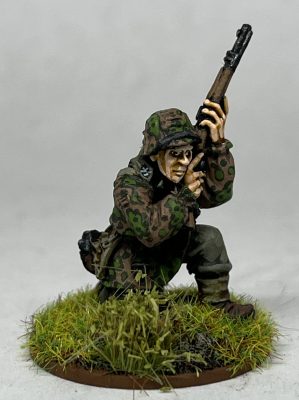
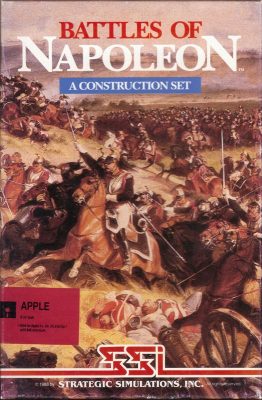 “I used to say of Napoleon that his presence on the field made the difference of forty thousand men.” – Arthur Wellesley, the Duke of Wellington
“I used to say of Napoleon that his presence on the field made the difference of forty thousand men.” – Arthur Wellesley, the Duke of Wellington